Officers at the Ohio Peace Officer Training Academy (OPOTA) in London recently launched groundbreaking training on deploying DJI drones during tactical operations, technology that promises to shield personnel from immediate threats. This development arrives as departments nationwide increasingly turn to drones for scouting dangerous environments, potentially transforming emergency responses and preserving lives. For in-depth coverage, see the 10TV report below.
Drone Deployment Demonstrates Real-Time Risk Reduction
Instructors guided officers through scenarios where drones entered structures first. Participants practiced launching a drone into a breached window of a training house after a simulated gunshot, allowing remote inspection for suspects instead of direct entry. This technique minimizes exposure to unknowns, building on past events like the Columbus Police SWAT operation last August. There, officers used a drone to locate armed suspect Benjamin Wheeler, as captured in body camera footage. Wheeler subsequently stabbed three officers, highlighting the perils SWAT teams encounter without such tools.
Drones equipped for indoor navigation provide visual and positional data, enabling teams to assess layouts and hazards from a safe vantage. Law enforcement experts emphasize how these devices, often compact and maneuverable, integrate with standard procedures to relay critical details swiftly.
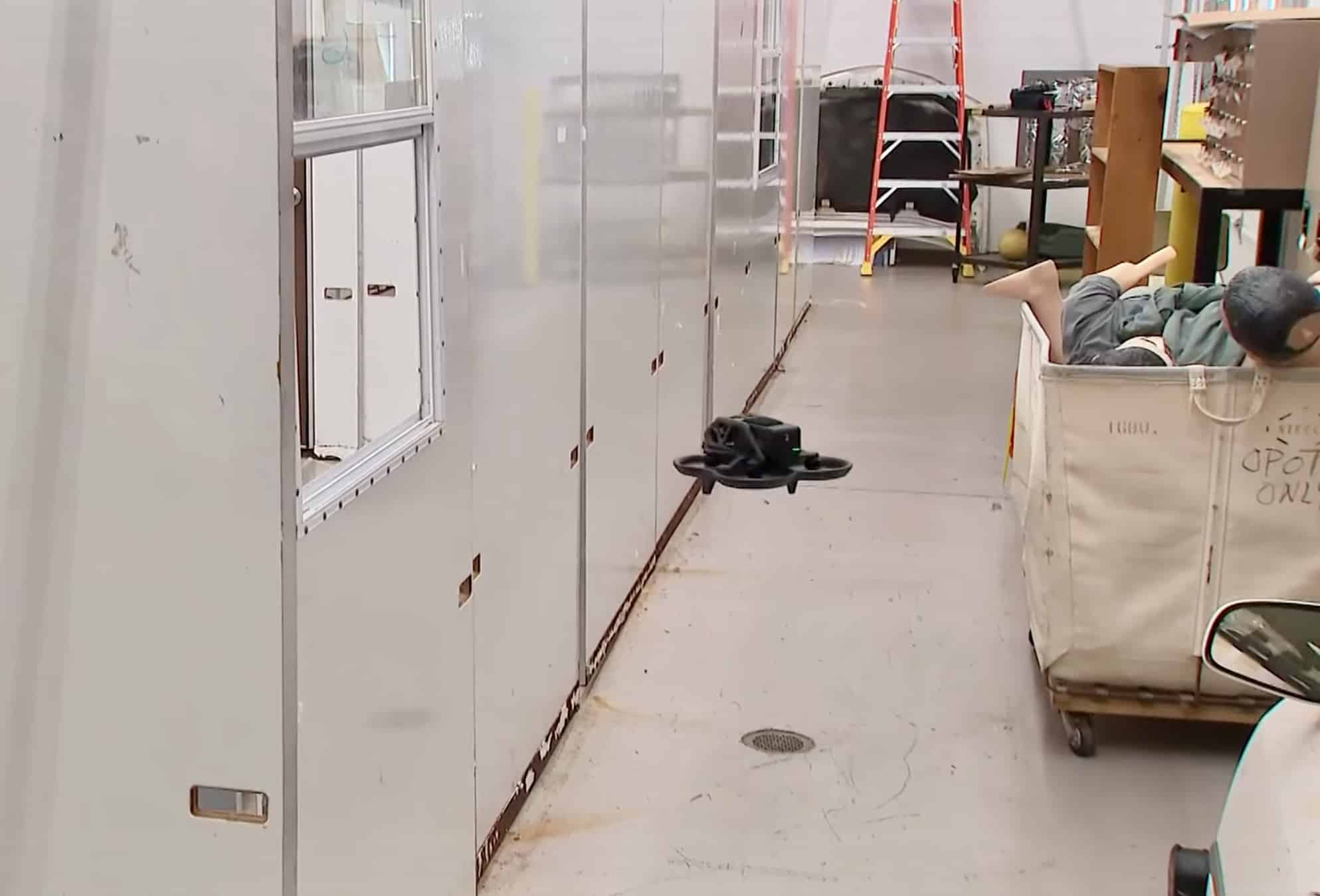
The training featured a Chinese-made DJI Avata drone, as shown in the accompanying video footage. This model stands out for its agility in confined spaces, built-in propeller guards, and FPV capabilities, making it suitable for tactical indoor searches. Many U.S. agencies favor DJI products like the Avata series due to affordability, strong signal penetration, and ease of use. Hundreds of departments have adopted the DJI Avata 2 as their primary tactical drone, treating it as disposable in high-risk scenarios.
This preference persists despite available U.S.-manufactured alternatives like Skydio’s autonomous drones or BRINC’s Lemur series, designed specifically for law enforcement with features such as glass-breaking tools and two-way communication. Building on that, agencies cite DJI’s cost-effectiveness and proven performance in real-world applications, though it raises questions about data security and reliance on foreign technology amid ongoing geopolitical concerns.
One sheriff’s office highlighted the impact: “The Avata has dramatically changed how we do interior searches. The ability to have a small aircraft check inside a structure before putting Deputies in harm’s way is a game changer for ensuring both the safety of suspects and law enforcement officers. The range, flight experience, and size of the Avata have made it our go-to aircraft for interior flight,” said Detective Doug Seirup, Benton County Sheriff’s Office, Oregon.
Shane Posey, a police officer with Ashtabula City and an adjunct instructor for OPOTA, detailed the operational shift. He explained that drones replace human entry for initial assessments.
“Instead of putting officers in harm’s way to go through, to try to make communication, et cetera, they are going to be flying a drone through the window they breached to determine what happened with that individual,” said Posey.
Posey further stressed the core value in substituting technology for personnel.
“I’d say the biggest advantage is that you are putting technology instead of a body somewhere,” he said.
This substitution cuts down on unnecessary risks, fostering quicker resolutions in volatile settings.
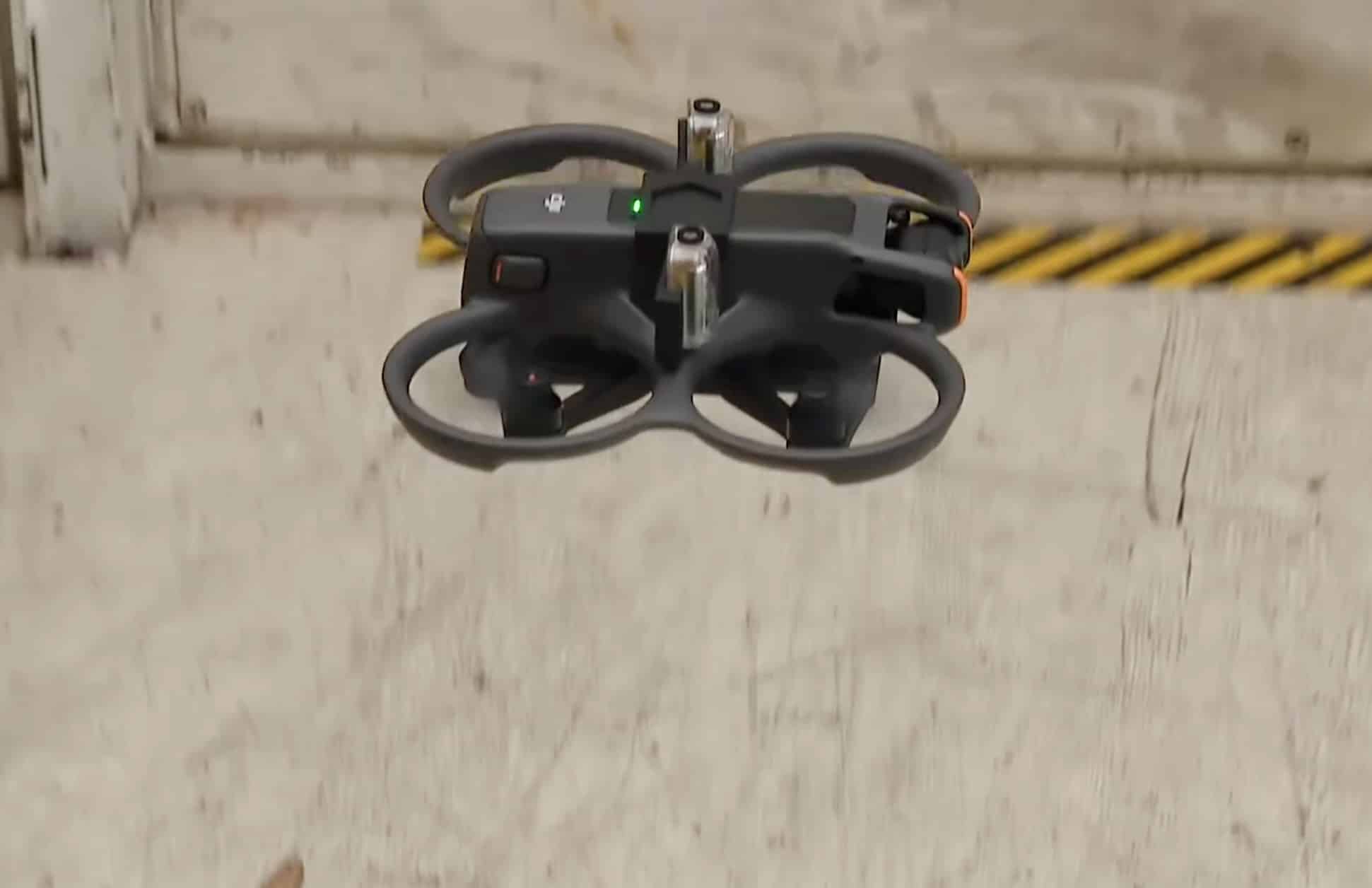
The training drew participants from various U.S. departments, signaling a trend toward standardized drone protocols. As adoption spreads, pilots and operators in public safety roles stand to benefit from enhanced curricula that prioritize precision and efficiency.
Ohio Attorney General Dave Yost observed the sessions and underscored the strategic evolution.
“There’s things to do and not to do, as we saw here in the demonstration,” Yost said. “The proper use of the drones can change your tactical doctrine.”
Yost pointed to the life-preserving potential.
“I think this is going to save lives,” he said. “I think it’s going to save police officers’ lives, but I also think it’s going to be safer for other people in the environment when there’s an emergency response.”
He compared the modest costs of drones—typically a fraction of medical or compensation expenses for injured officers—to their outsized benefits in physical and mental well-being. Yost expressed optimism for widespread rollout across Ohio departments.
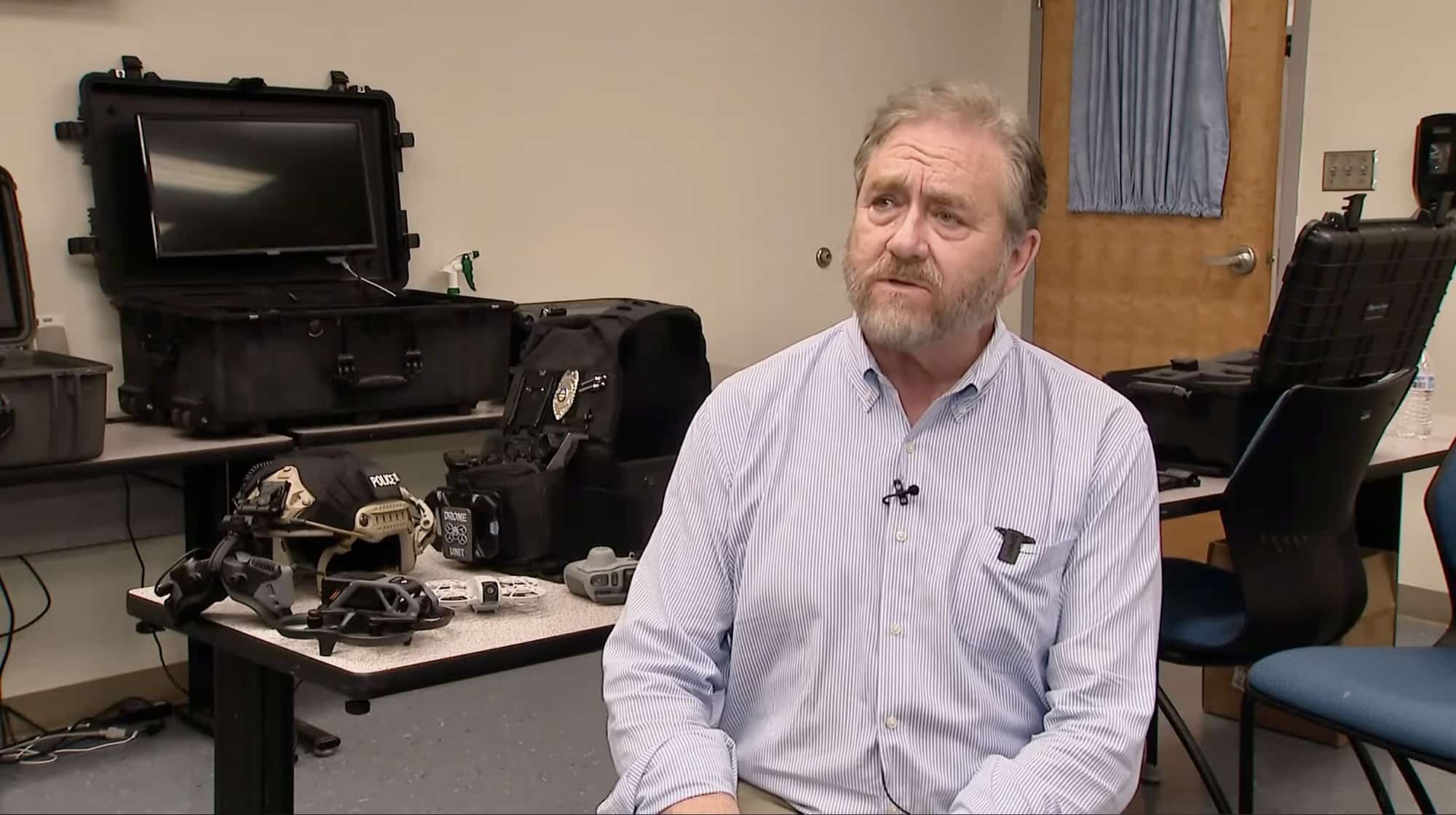
This development raises questions about regulatory adaptations for law enforcement drones, including privacy safeguards and certification standards. For drone professionals, it showcases expanding opportunities in specialized applications, encouraging recreational pilots to explore certified public safety uses.
Overall, OPOTA’s initiative positions drones as vital allies in modern policing, balancing innovation with practical safety gains. As more academies follow, the technology could see refined integrations, such as advanced imaging or autonomous features, further elevating its role in protecting first responders and civilians.
Photos courtesy of 10 WBNS.
Discover more from DroneXL.co
Subscribe to get the latest posts sent to your email.

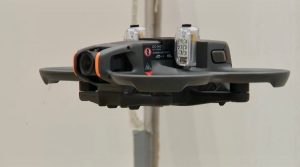
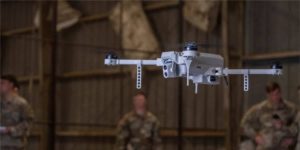
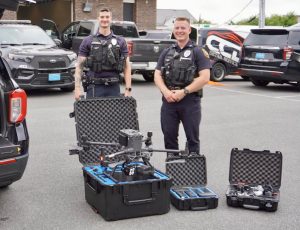


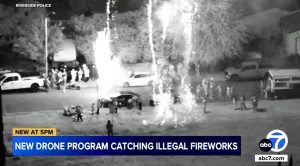

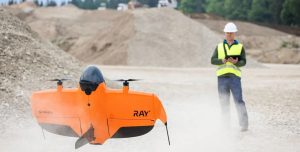
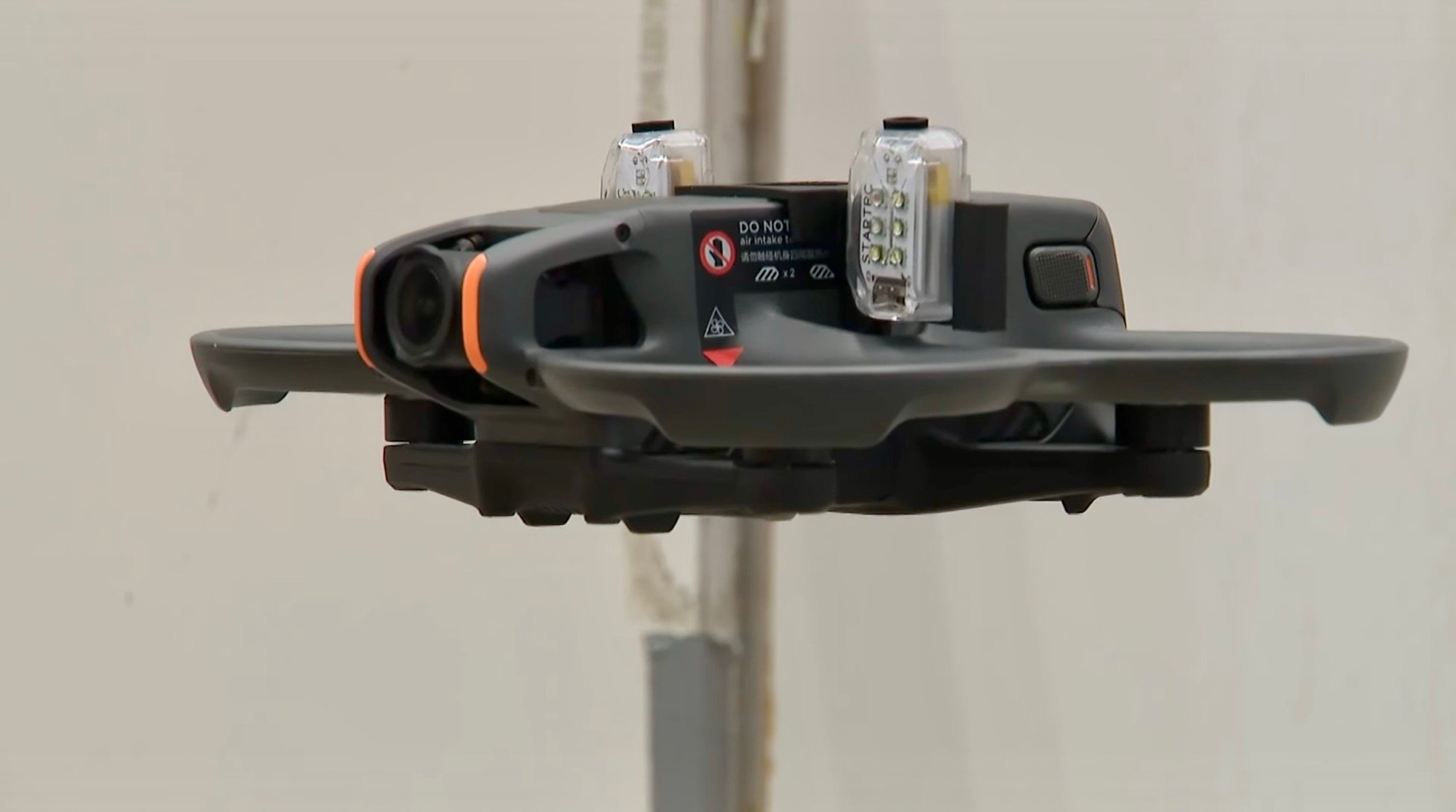

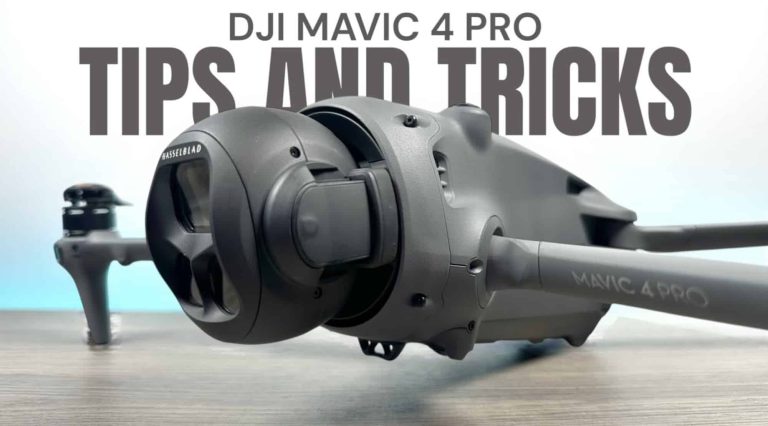
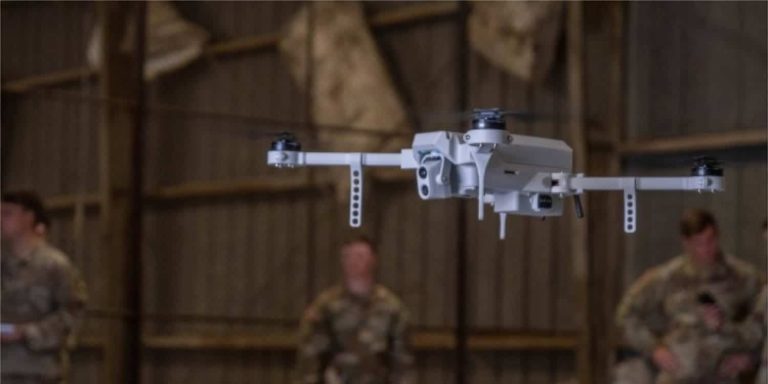
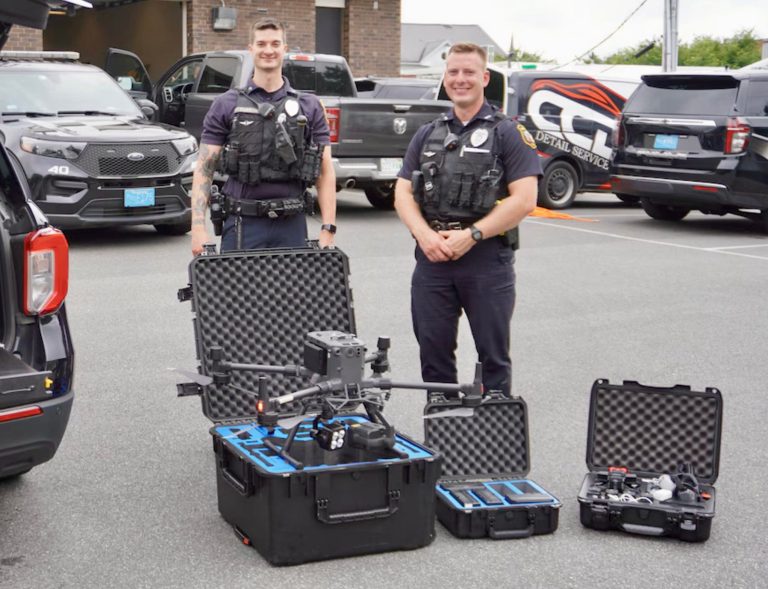
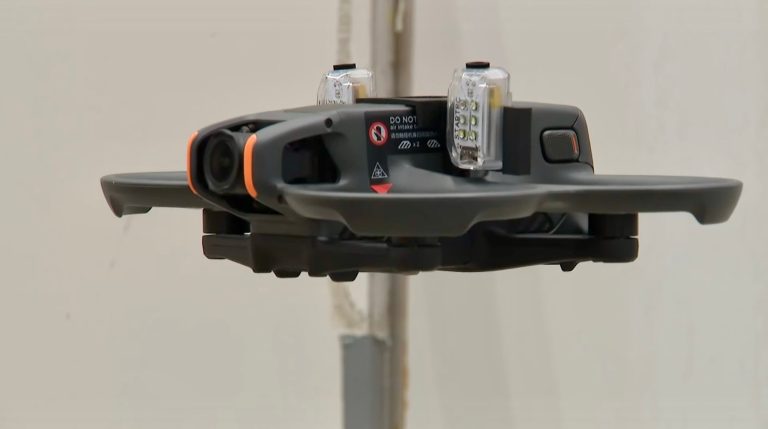
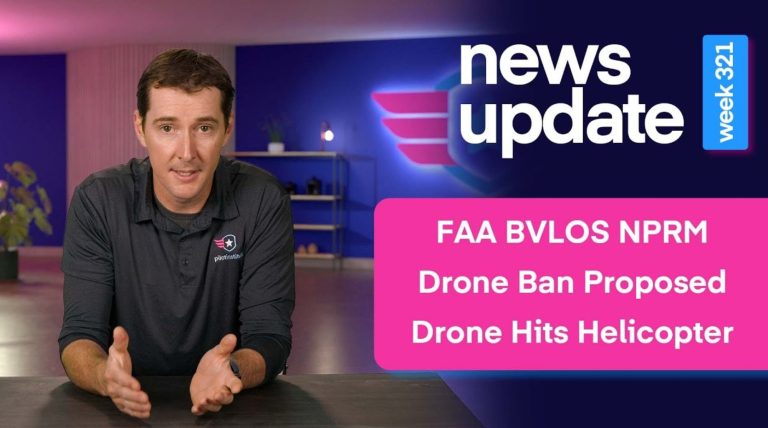

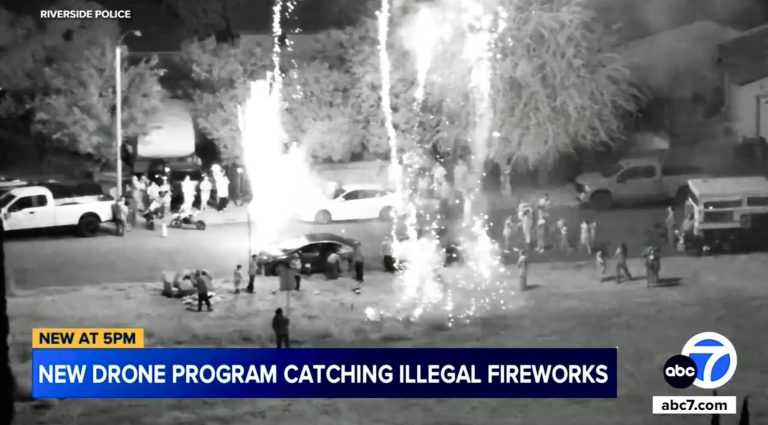
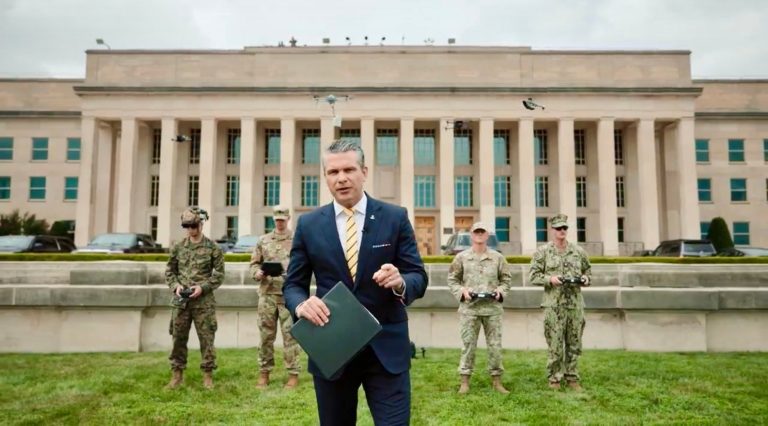
+ There are no comments
Add yours